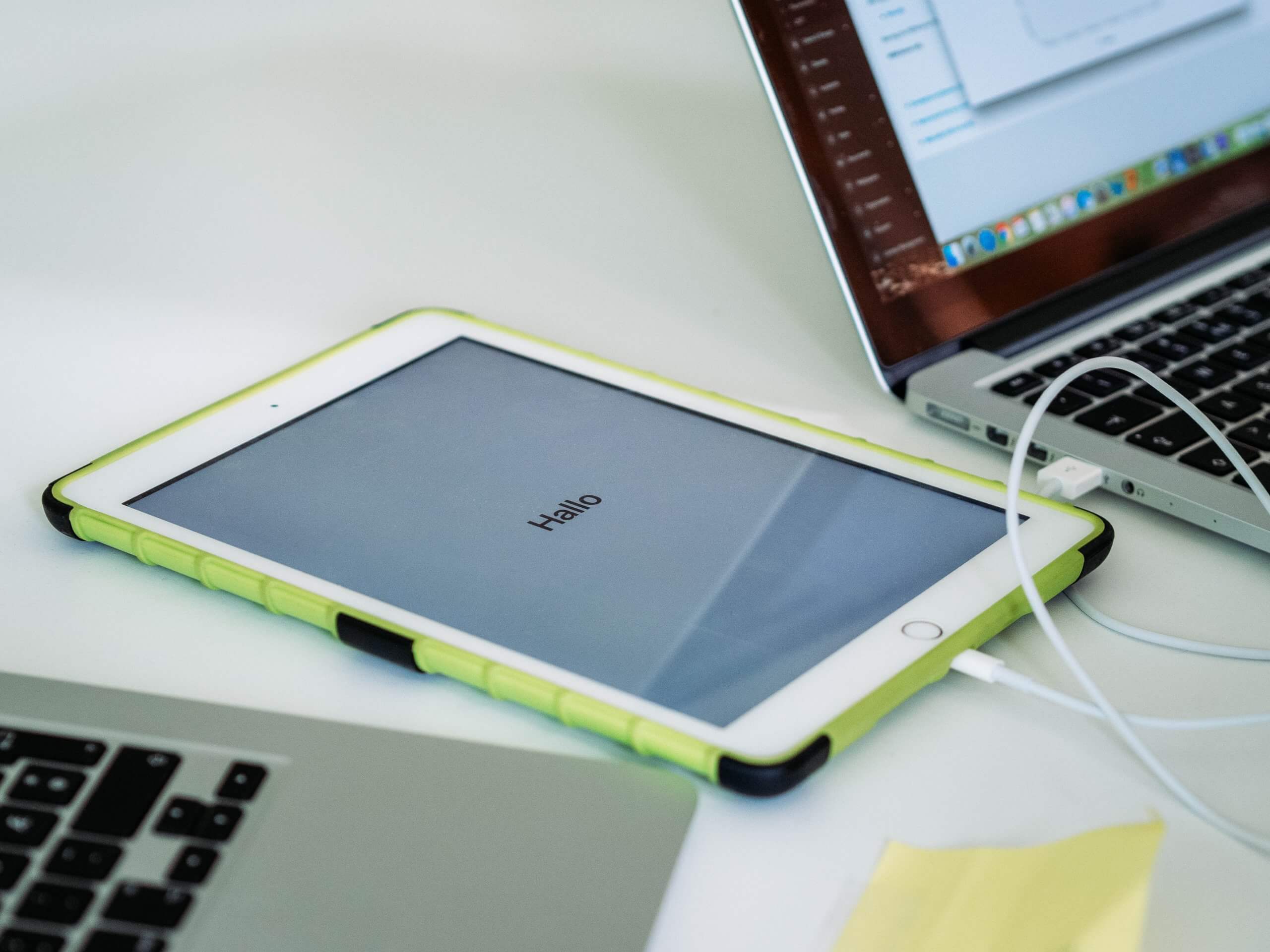COVID-19 has completely transformed the education landscape. For better or for worse, new modalities of teaching and new technologies have raised serious questions about the future of learning. We have discussed the pros and cons of many of these changes in other blog posts. Topics include the case for flex Wednesday, how virtual school changes self-advocacy, and learning loss in 2021. Today we continue in this vein by examining one fundamental shift in education due to COVID-19: blending synchronous and asynchronous learning.
Synchronous learning has been a staple of education for decades. However, asynchronous learning has weaved in and out of popularity. In essence, asynchronous learning involves students completing projects and other class assignments independently and at their own pace. Asynchronous learning can take the shape of a flipped classroom, project-based learning, or even flex days, as we have discussed in previous posts. While asynchronous learning requires more responsible and mature students, it also allows for more freedom and more personalization.
Due to COVID-19 measures, students in almost every school have had some blend of synchronous and asynchronous learning. The critical question is whether or not this paradigm should remain in the years following COVID-19. We firmly believe that a blended approach works best for most learners because it provides the critical structure to keep students accountable while reserving time for subject remediation and creative expression. A mostly asynchronous environment empowers students to learn at their own pace and according to their own schedule. Strategic opportunities for synchronous meetings foster a sense of community and prompt more in-depth discussions of relevant topics.
As students return to a more normalized school schedule, educators can take advantage of the benefits of asynchronous learning while optimizing opportunities for synchronous interaction. One way to do this is by flipping the classroom, which engages students in asynchronous coursework before meeting synchronously to discuss what they learned. In this manner, students have the time to learn at their own pace, meet with their broader support team, and pursue creative projects outside of the classroom. Another way to blend asynchronous learning into the future of school is through block scheduling. Giving students more time between class periods to review material, ask questions, and develop critical executive functioning skills creates a more balanced, more successful student body. Collaborative learning tools that are already in place due to COVID-19 can help course designers create content that keeps students interested, empowered, and curious.
The broader point is that students need space to learn independently before they matriculate to college and the professional world. The executive functioning skills we teach (organization, time management, learning skills, and impression management) need space to develop. Blending asynchronous learning with in-person instruction puts some of the control back into the student’s hands, providing the space necessary to practice critical skills such as prioritization and responsible use of free time. The blended approach is key to developing well-rounded students capable of handling the demands of life after high school.
Please check out our other posts for more information about the future of school or ways to integrate executive function into a student’s daily routine. If you think your student could benefit from working with a one-on-one academic coach over the summer or next school year, please reach out today!





